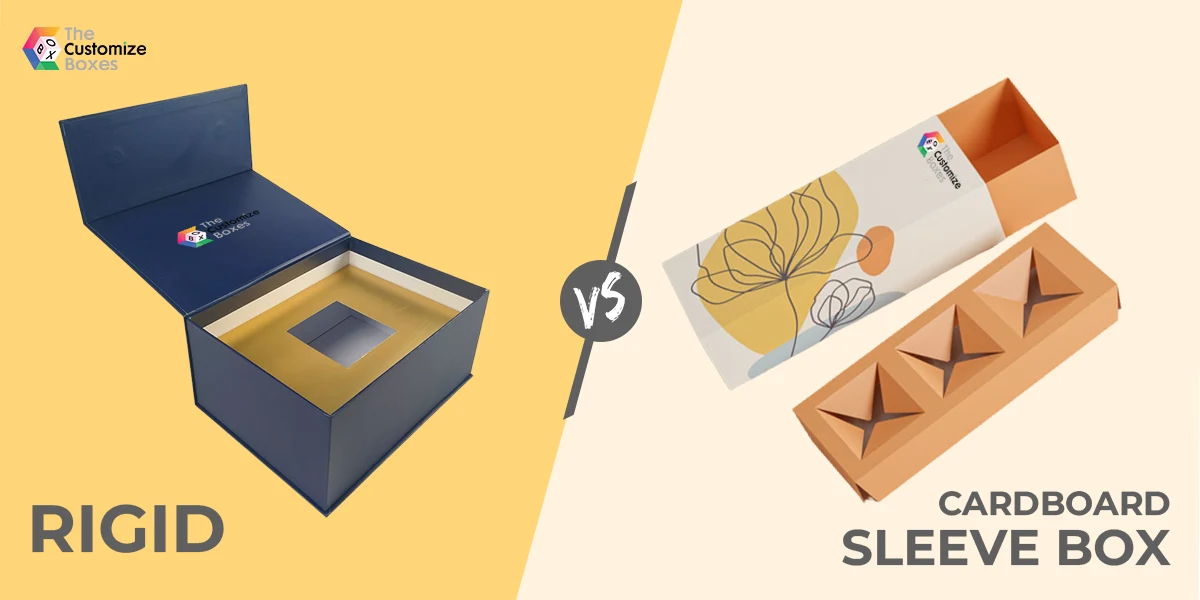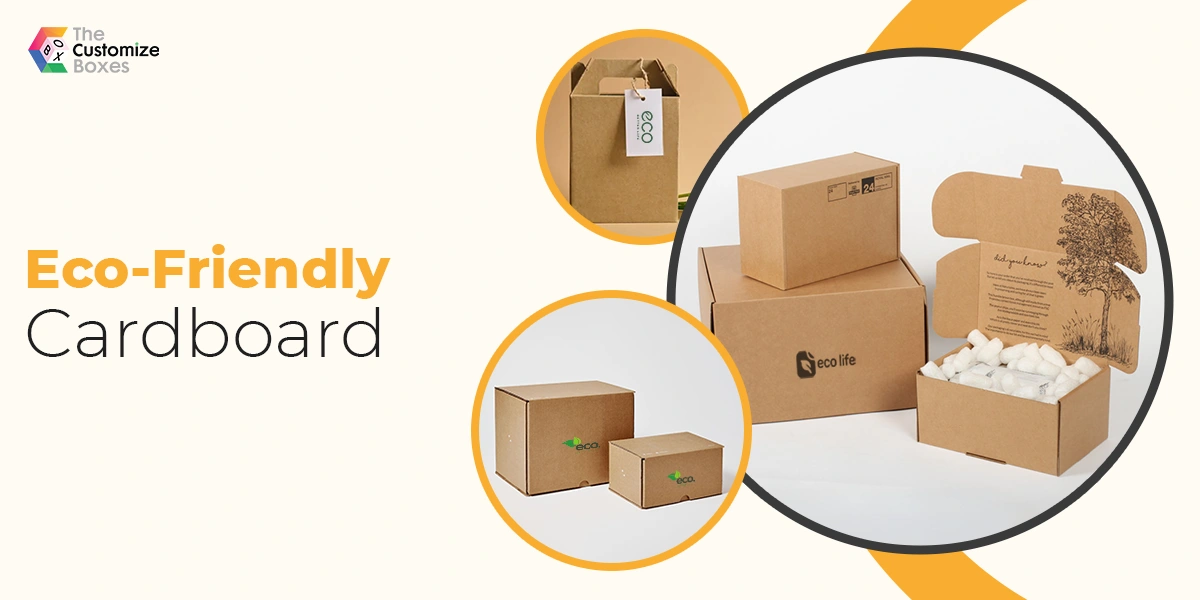
Rigid Vs Cardboard Sleeve Box: A Comprehensive Review
Packaging that creates intrigue among customers about your products can help make your products more desirable. The sliding sleeve is one of those packaging styles that makes customers curious and leaves a lasting impression. This is also called drawer style or peek-a-boo packaging. Two popular materials used for drawer-style packaging are cardboard and rigid stock.
Both materials offer different value to your product and business. What’s common in rigid vs cardboard sleeve box packaging is the style. This blog has highlighted factors that make cardboard and rigid sleeves different from each other. Read more to learn which one aligns with your business interest!
Different Sources of Rigid and Cardboard Materials
Starting with the material source of both rigid and cardboard sliders. These sources of materials help you define for which types of products you can use drawer-style packaging made from any of these two materials.
-
Recyclable Rigid Stock
Rigid sleeve box packaging is made from rigid stock which is made from paperboard. Being paper-based material you can say that rigid packaging is innately eco-friendly. However, its recyclability is one of the major factors that help reduce environmental waste.
-
Eco-Friendly Cardboard
Cardboard sleeve box packaging is made from cardboard, which is sourced from paper fibers. It can also be made from recycled paper. These paper fibers are made from wood pulp, which is a renewable source. A study reveals that recycling one tonne of cardboard recycling could save 17 trees. It makes cardboard more eco-friendly than rigid boxes, posing no threat to the environment.

Dissimilar Thicknesses of Cardboard and Rigid Boxes
The second major and noticeable difference between cardboard and rigid box packaging is the thickness. Generally, boxes with higher thickness offer more product protection than less thick boxes. However, some lightweight products need to be packed in less thicker packaging for a subtle look.
-
Rigid with Higher Thickness
Rigid packaging is best known for its higher thickness and rigidity. An average rigid box is about 2-3 mm thicker. However, its thickness can be customized according to your preferences. The higher thickness of rigid sliding sleeve box packaging makes it reusable and customers can willingly pay a little extra for products packed in reusable packaging.
-
Cardboard with Lesser Thickness
A sliding box made from a normal cardboard sheet is about 0.4 – 0.6 mm thick. The best thing about cardboard is that its thickness can be customized through a corrugation process. In this process, multiple layers of cardboard and kraft flutes are used to make sliding boxes. Cardboard offers an excellent surface for customization and printing.
Nature Difference of Rigid and Cardboard Packaging
The third main difference between these two different types of packaging boxes with the same style is the nature of the materials. Both materials can be styled in drawer styles as it is a simple yet elegant style with less complex curves and edges.
-
Flexible Cardboard Material
Cardboard is best known for its flexible nature, which makes it ideal for all types of customization. You can take it as a strength and also as a weakness of cardboard packaging boxes. It can be torn easily due to its lightweight and flexible properties, unlike rigid packaging.
-
Inflexible Rigid Material
Rigid stock is popular for its rigidity which makes it reusable and lasting. Its nature also has its boon and bane like cardboard. Rigid box packaging can not be broken easily and cannot be customized in odd shapes with complex curves and edges.
Cost Variations of Rigid and Cardboard Slider Boxes
It is important to know the cost factor to get the packaging that goes well with your allocated packaging budget. This will help you decide to get packaging for your high or low-ticket products accordingly.
-
Higher Cost of Rigid Sliding Sleeves
Rigid sleeve and tray boxes are more costly than cardboard boxes. The reason is its luxurious appeal, higher manufacturing, and material cost. This is why these boxes are ideal for packing high-ticket products that give your business value for money invested in rigid packaging. They can also be customized according to your preferences.
-
Lower Cost of Cardboard Sliding Sleeves
Cardboard is one of the most affordable options among paper packaging. The reason is that it has low production and manufacturing costs. It has a highly printable surface that makes its customization less complex. Cardboard sliding boxes can also be used for premium and luxury products when customized with high-end printing, finishes, and design options.
What is the Best Sleeve Box Packaging?
Still confused about what to choose from rigid and cardboard sleeve packaging? The answer lies in how better you determine your brand personality and product needs. When you understand what types of products need which type of packaging, you can better choose.
The best between the two is the one that aligns with your brand image and makes your products more desirable. For example, if you want to pack the luxury range of your products, consider rigid sliders. Use cardboard sliders for retail products that look premium when packed in printed cardboard boxes.
Conclusion!
Rigid and cardboard boxes are completely different from each other based on various factors discussed in this blog. The sliding sleeve style helps improve your customer’s unboxing experience. Considering the properties of these two boxes, choose the one that holds your products securely and conveys a sense of reliability to your customers. If you still have some questions, feel free to contact us. We would love to assist you!
